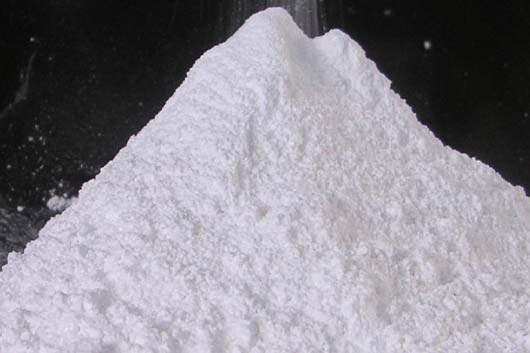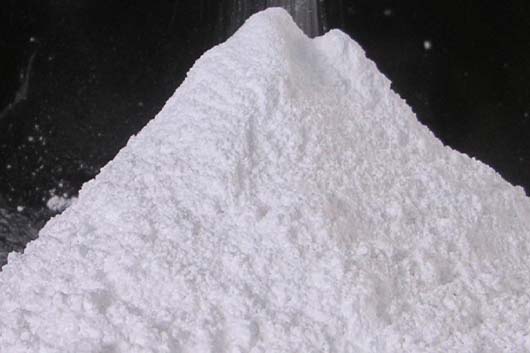- Discover The Magic Within Shining Minerals
- +91-9414167212
- anenterprises@gmail.com

What are the benefits of using Kaolin Clay in skincare?
December 29, 2023
How many types of talc are there?
December 29, 2023Talc, a versatile mineral with an array of applications, has been an integral part of various industries for centuries. Known for its softness, smoothness, and high heat resistance, talc finds its way into numerous products we use daily. While talc is commonly recognized by its name, it is interesting to explore the different appellations this remarkable mineral has acquired over time. In this blog post, brought to you by A.N. Enterprises, a trusted and renowned manufacturer of Talc India, delves into the alternate names and synonyms associated with talc, shedding light on its diverse identity.
Talc
Let us begin with the widely known and primary name, “talc.” Derived from the Arabic word “talq,” meaning pure, talc is a hydrated magnesium silicate mineral with the chemical formula Mg3Si4O10(OH)2. Its natural properties, including its softness, low hardness, and excellent thermal stability, make it a versatile ingredient in various industries.
Soapstone
Soapstone, also known as steatite, is a metamorphic rock predominantly composed of talc. Renowned for its heat resistance and ability to retain temperature, soapstone has been used for centuries in applications such as cookware, countertops, and fireplace surrounds. The term “soapstone” originates from the rock’s soapy texture when touched, owing to its high talc content.
French Chalk
French chalk, also referred to as French talc, is another synonym for talc. Historically, this name arose from the usage of talc powder for marking cloth in tailoring and dressmaking. The soft and powdery nature of talc made it an ideal material for marking patterns on fabric, enabling precise cutting and stitching.
Steatite
Steatite, derived from the Greek word “steatos” meaning fat, is a compact and dense form of talc. This name emphasizes its high talc content, resulting in a smooth and greasy texture. Steatite has been used in the manufacturing of electrical components, such as insulators and resistors, due to its excellent electrical insulation properties and resistance to heat.
French Talc
Similar to French chalk, the term “French talc” is often used to denote talc powder of high purity and superior quality. This name is associated with the historical usage of talc from specific French regions, renowned for their pristine deposits of talc minerals. French talc is highly valued for its exceptional softness and fineness, making it desirable for cosmetic, pharmaceutical, and personal care applications.
Magnesium Silicate Hydroxide
As the name suggests, magnesium silicate hydroxide is the chemical composition of talc. This scientific name emphasizes its elemental composition and structural characteristics. The mineral is composed of magnesium ions (Mg2+), silicate ions (SiO4), and hydroxide ions (OH-). This designation is frequently used in technical and scientific contexts to describe the mineral’s chemical properties.
Talcum
Talcum is another common name used to refer to talc. The term “talcum” is derived from the Latin word “talcum,” meaning powdered or pulverized. Talcum powder, made from finely ground talc, has been widely used in personal care products and cosmetics for its absorbent and soothing properties. It is often found in baby powders, body powders, and other skincare formulations.
Conclusion
Talc, a mineral with an illustrious history and a myriad of applications, boasts a range of names and synonyms. From the widely known “talc” to the historical references like “French chalk” and “soapstone,” each name reflects a specific aspect of this versatile mineral. A.N. Enterprises take pride in supplying high-quality talc that caters to diverse industries worldwide. Whether it’s the smoothness in cosmetics, the heat resistance in industrial applications, or the electrical insulation properties in electronics, talc continues to prove its worth. Regardless of the name used, talc remains an indispensable ingredient in countless products that enhance our daily lives.



